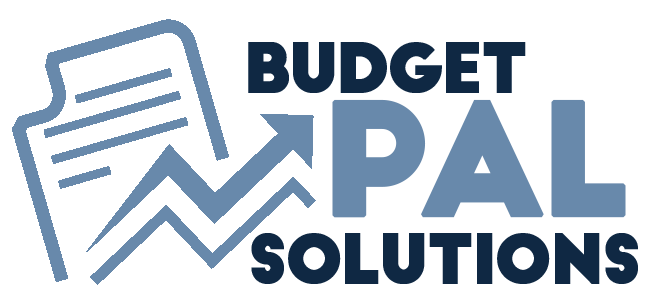Are you ready to take charge of your financial future? Creating a budget that works is the key to successful money management.
With careful planning and consistency, you can achieve greater financial security and peace of mind. Start your journey to financial freedom today with Budget Pal Solutions!
Budgeting is the cornerstone of financial success, providing a roadmap for managing your money effectively and achieving your financial goals. However, creating a budget that works can be challenging for many people. In this article, we’ll explore practical tips for creating a budget that aligns with your financial goals and lifestyle, helping you take control of your finances and build a solid foundation for a secure future.
Assess Your Financial Situation:
Before creating a budget, take a comprehensive look at your financial situation. Gather information about your income, expenses, debt, savings, and financial goals. Calculate your total monthly income and expenses, including fixed expenses like rent/mortgage, utilities, and debt payments, as well as variable expenses like groceries, transportation, and entertainment. Understanding your financial picture will provide valuable insights into where your money is going and where adjustments can be made.
Set Clear Financial Goals:
Define your short-term and long-term financial goals to guide your budgeting efforts. Whether you’re saving for a down payment on a house, paying off debt, building an emergency fund, or planning for retirement, setting clear goals will help prioritize your spending and keep you motivated. Break down larger goals into smaller, actionable steps, and assign a timeline and dollar amount to each goal to track your progress over time.
Track Your Spending:
Monitor your spending habits by tracking your expenses regularly. Keep a record of all your purchases, either manually using a notebook or electronically using budgeting apps or spreadsheets. Categorize your expenses into essential and non-essential categories to identify areas where you can cut back or reallocate funds. Review your spending patterns regularly to identify any trends or areas for improvement and make adjustments to your budget accordingly.
Create a Realistic Budget:
Based on your financial goals and spending habits, create a realistic budget that balances your income with your expenses. Allocate a specific amount of money to each expense category, ensuring that essential expenses are covered first, followed by savings and discretionary spending. Be realistic about your spending limits and avoid overspending in any category to stay within your budgetary constraints.
Prioritize Saving and Debt Repayment:
Make saving and debt repayment a top priority in your budgeting plan. Allocate a portion of your income to savings accounts, retirement accounts, and emergency funds to build financial security and achieve your savings goals. Similarly, allocate funds to debt repayment, focusing on paying off high-interest debt first to minimize interest charges and accelerate debt payoff. Automate savings and debt payments whenever possible to ensure consistent progress towards your financial goals.
Use Budgeting Tools and Apps:
Take advantage of budgeting tools and apps to streamline the budgeting process and track your finances more efficiently. Many budgeting apps offer features such as expense tracking, budgeting templates, goal setting, and financial insights to help you manage your money effectively. Find a budgeting tool that aligns with your needs and preferences and integrate it into your budgeting routine for greater convenience and accuracy.
Review and Adjust Your Budget Regularly:
A budget is not set in stone but should be flexible and adaptable to changes in your financial situation and lifestyle. Regularly review your budget to assess your progress towards your financial goals and identify any areas where adjustments are needed. Life circumstances, income fluctuations, and unexpected expenses may require you to tweak your budget periodically to stay on track and maintain financial stability.

